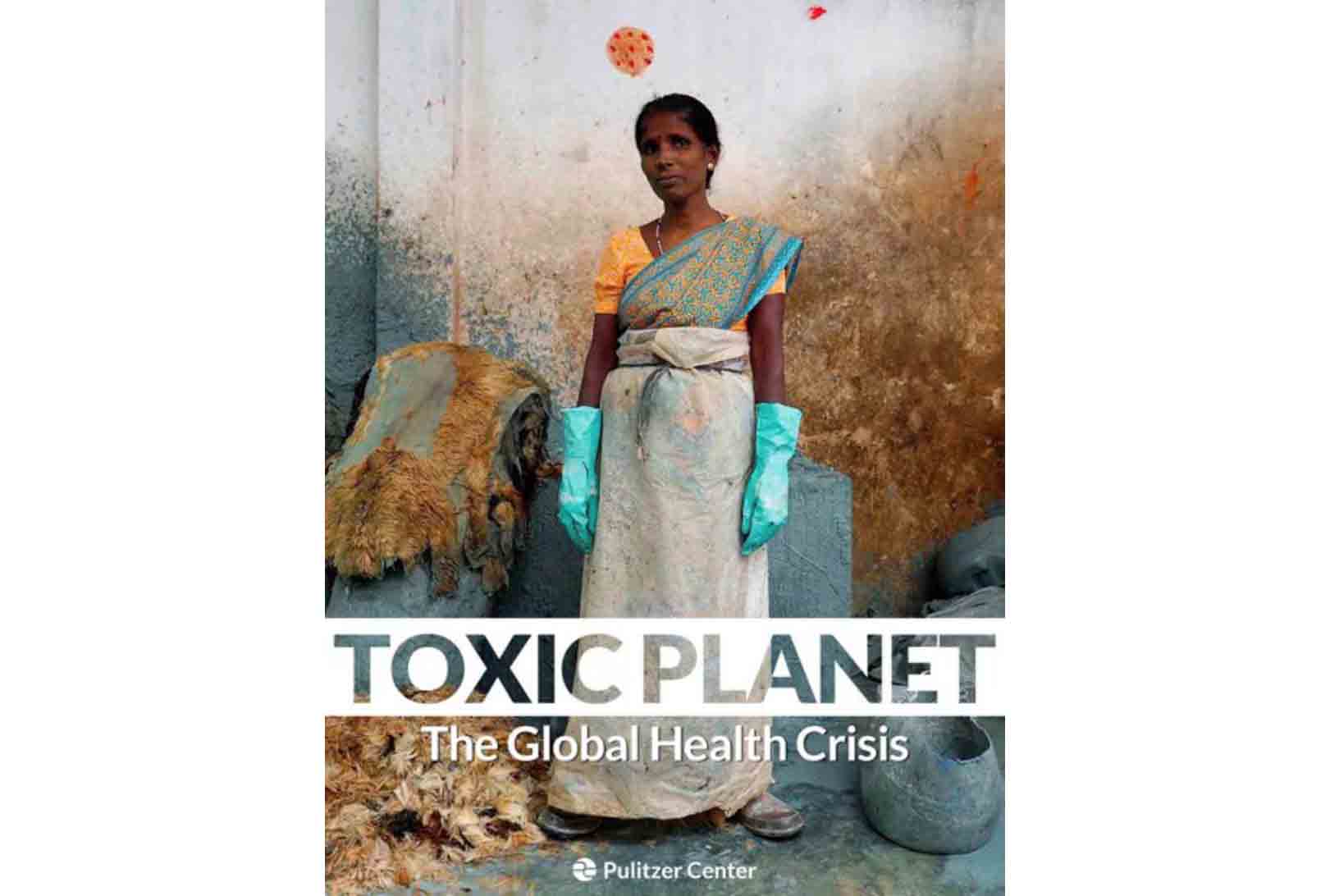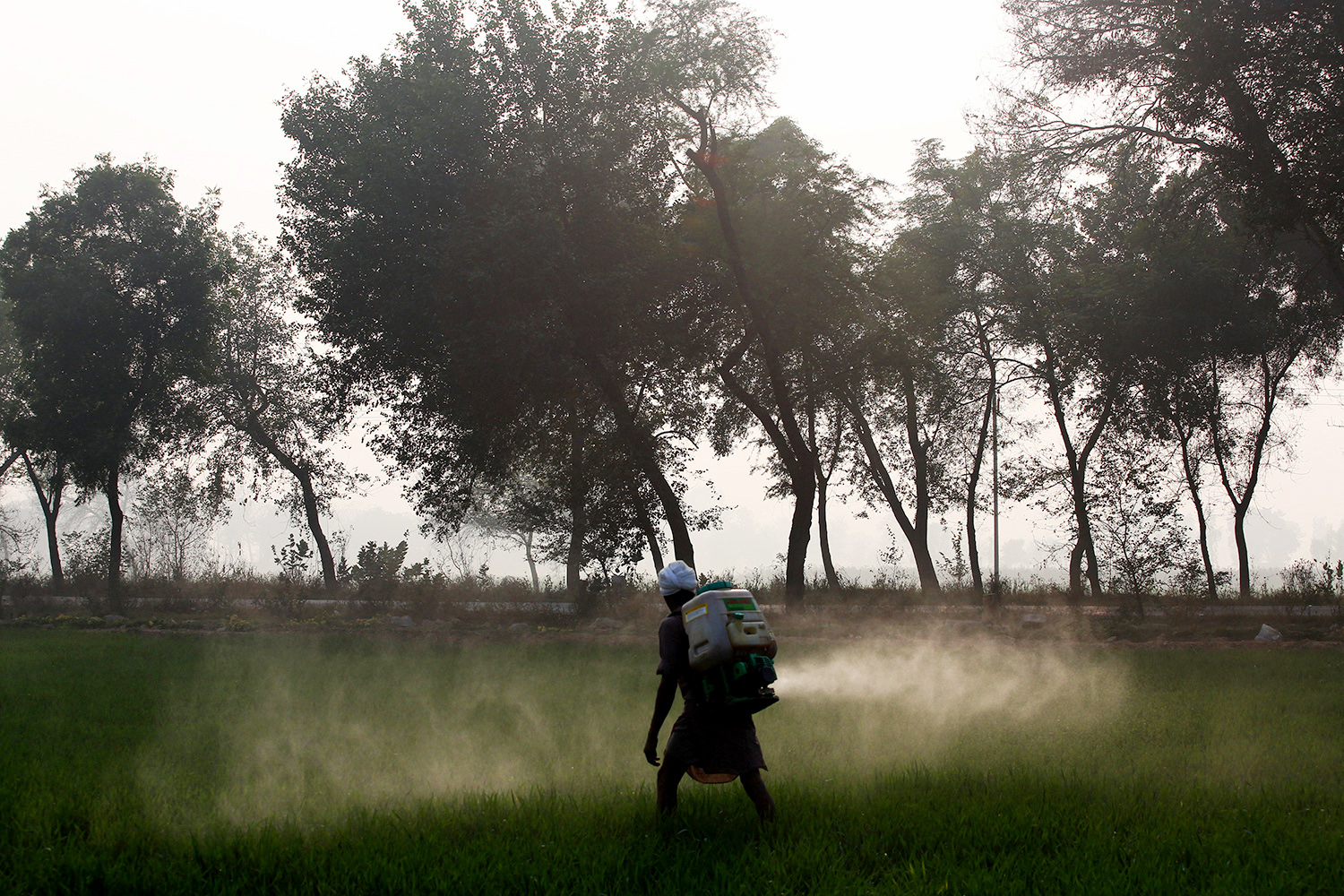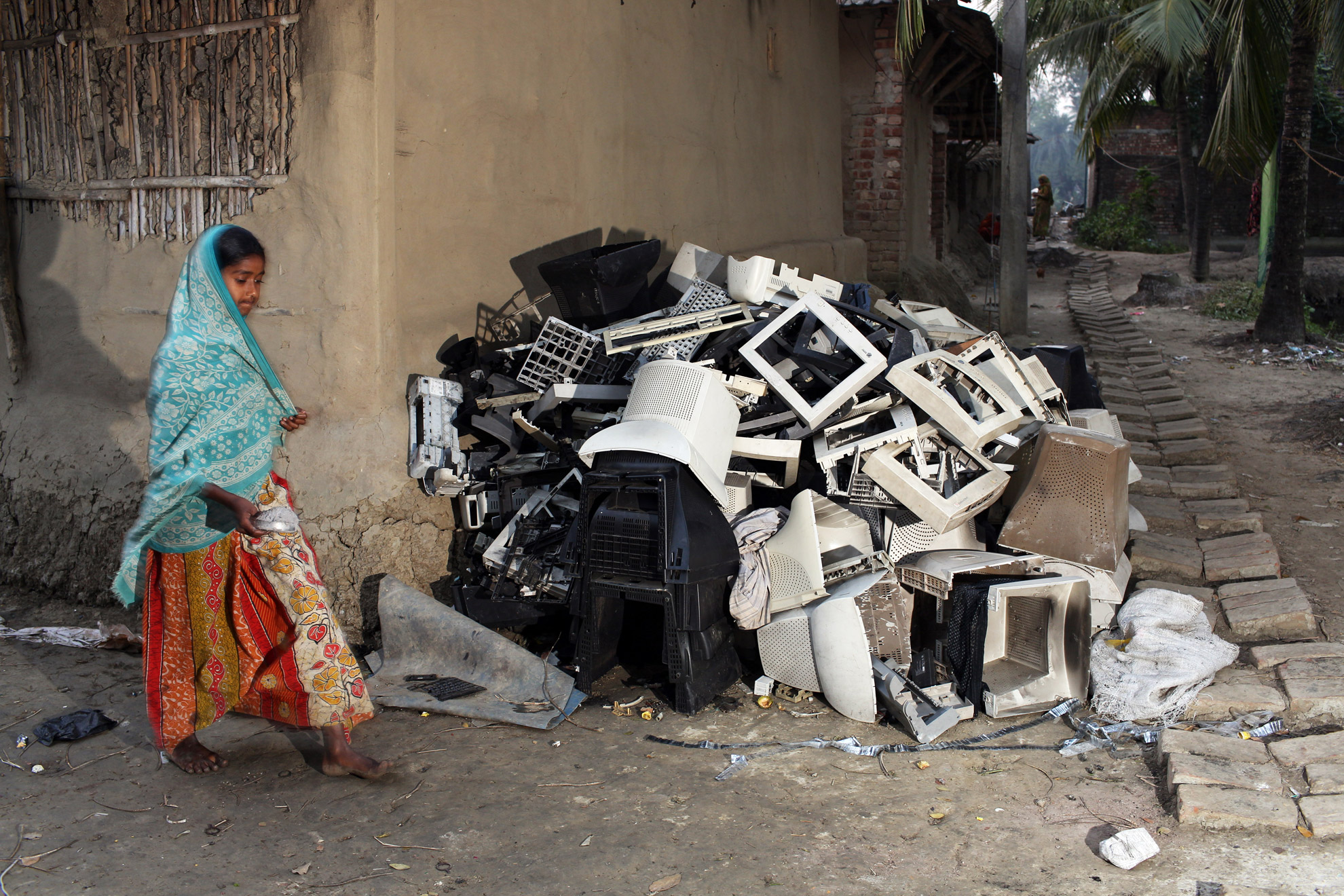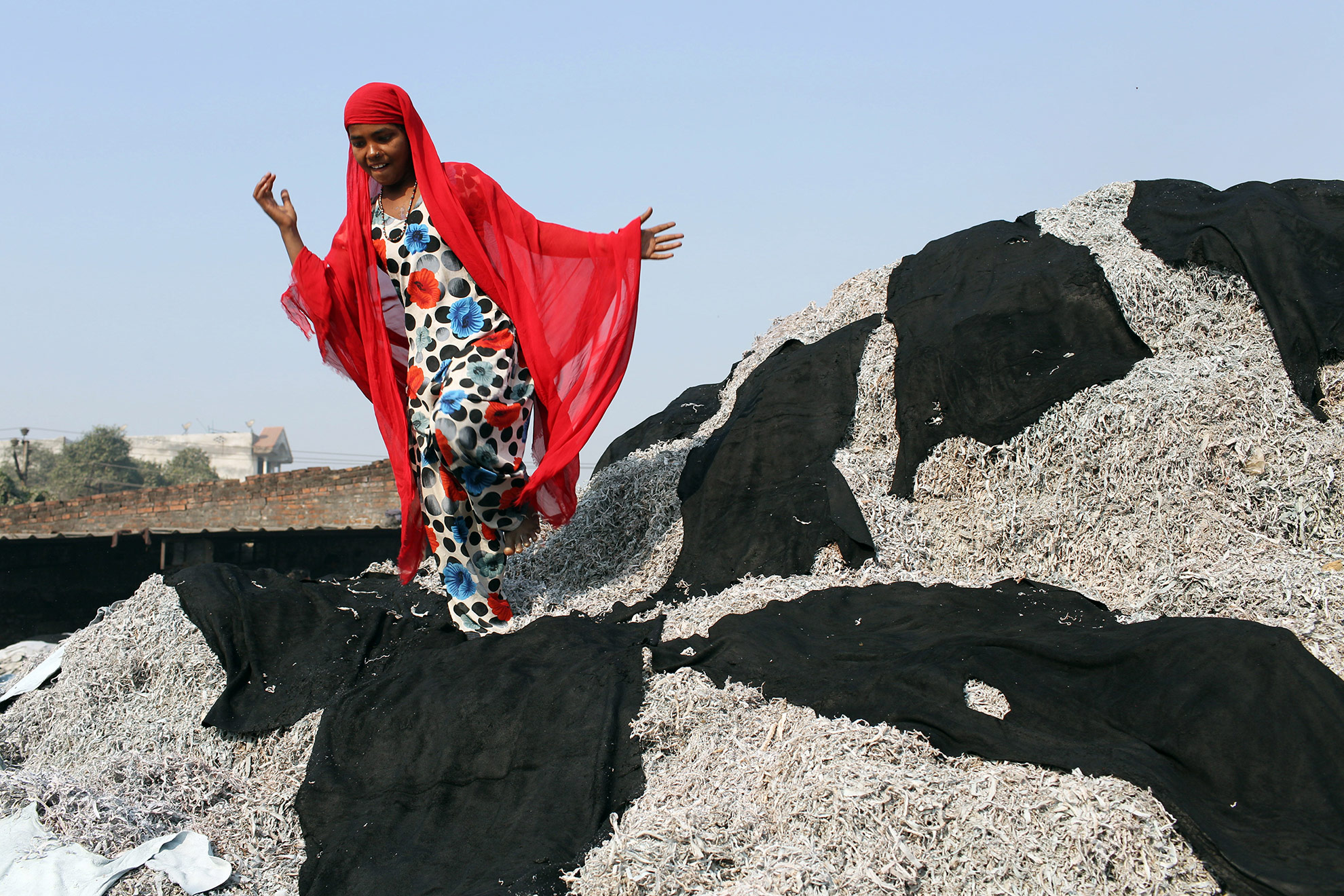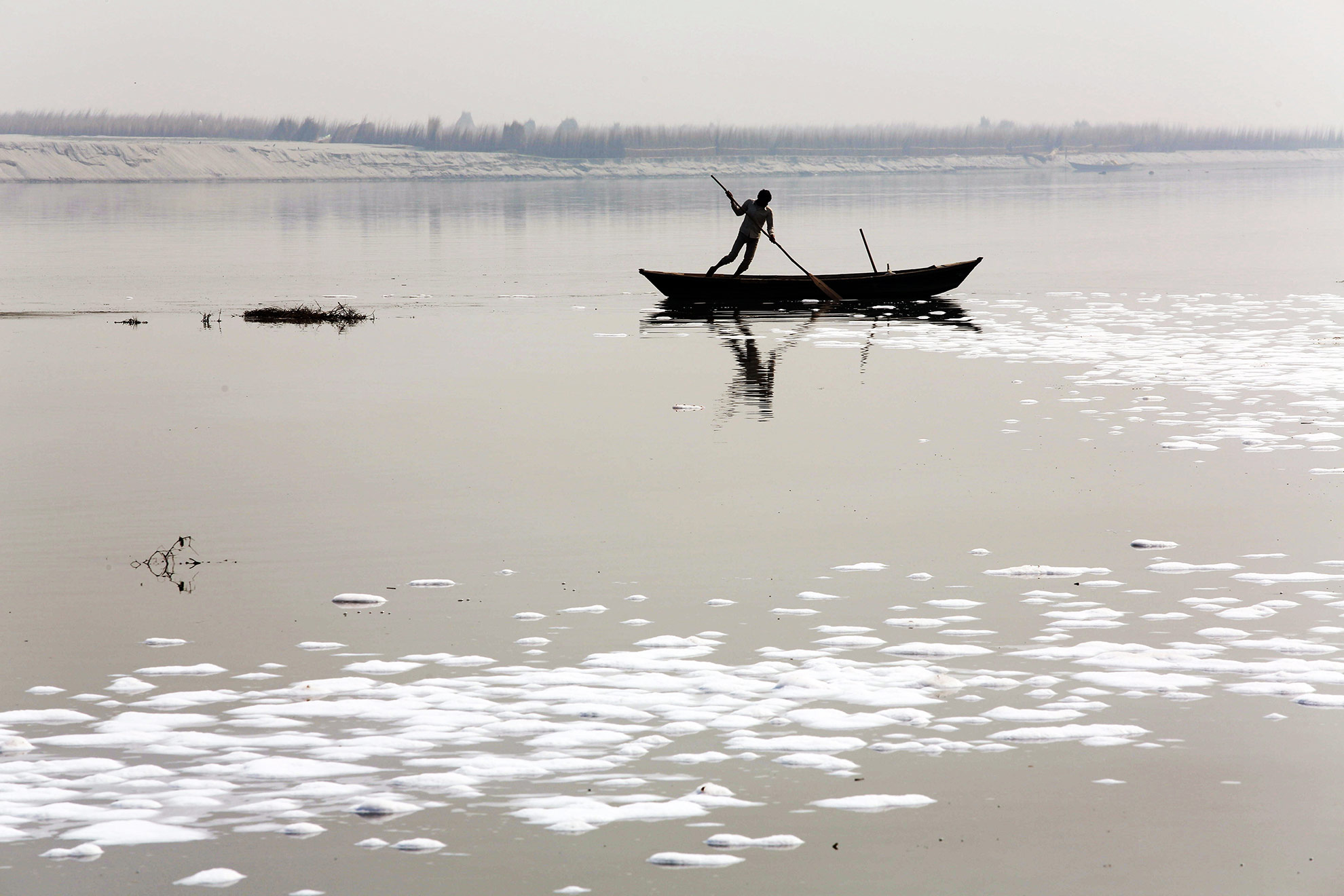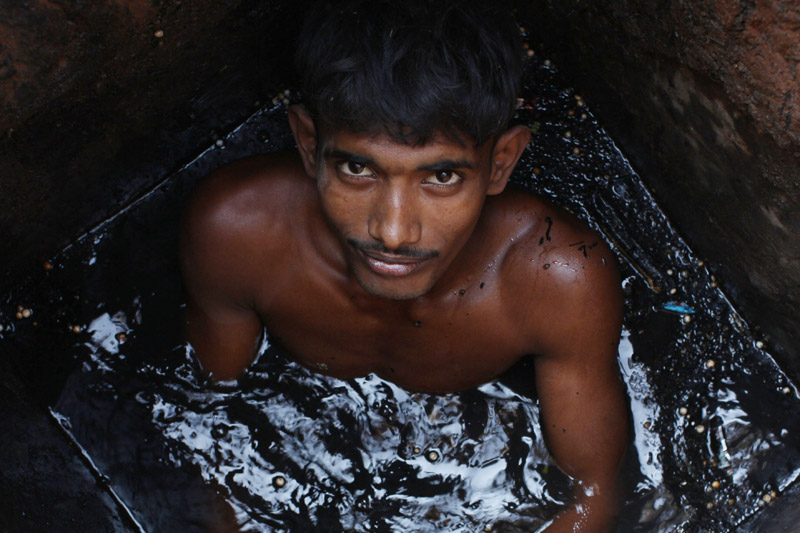
India's rapid growth over the past 30 years has seen its economy emerge as one of the largest and most important in the world. But this breakneck development is coming at great cost as pollution from a wide range of industries is leaving a toxic trail on the environment and general populace.
Millions are poisoned and killed each year; others have reduced neurological development, damaged immune systems, and long-term health problems. The number of people affected is comparable to those affected by HIV/AIDS, according to the Blacksmith Institute, a non-profit that studies solutions to problems caused by toxic pollution.
"Toxic Development: Pollution in India" documents the pollution crisis in both rural and urban areas by focusing on the environmental and social impacts of three of India's most under-reported but leading causes of pollution: chromium contamination from tanneries along the Ganges river, lead pollution from battery recycling plants in Kolkata and pesticide poisoning in the agricultural Punjab region, in northwest India.
The wide-ranging environmental impacts of these pollutants range from bio-accumulation of toxins in ecosystems to long-term contamination of farmland. The subsequent toll on human health appears in the form of increased prevalence of cancers, birth defects and numerous other life-threatening illnesses.

